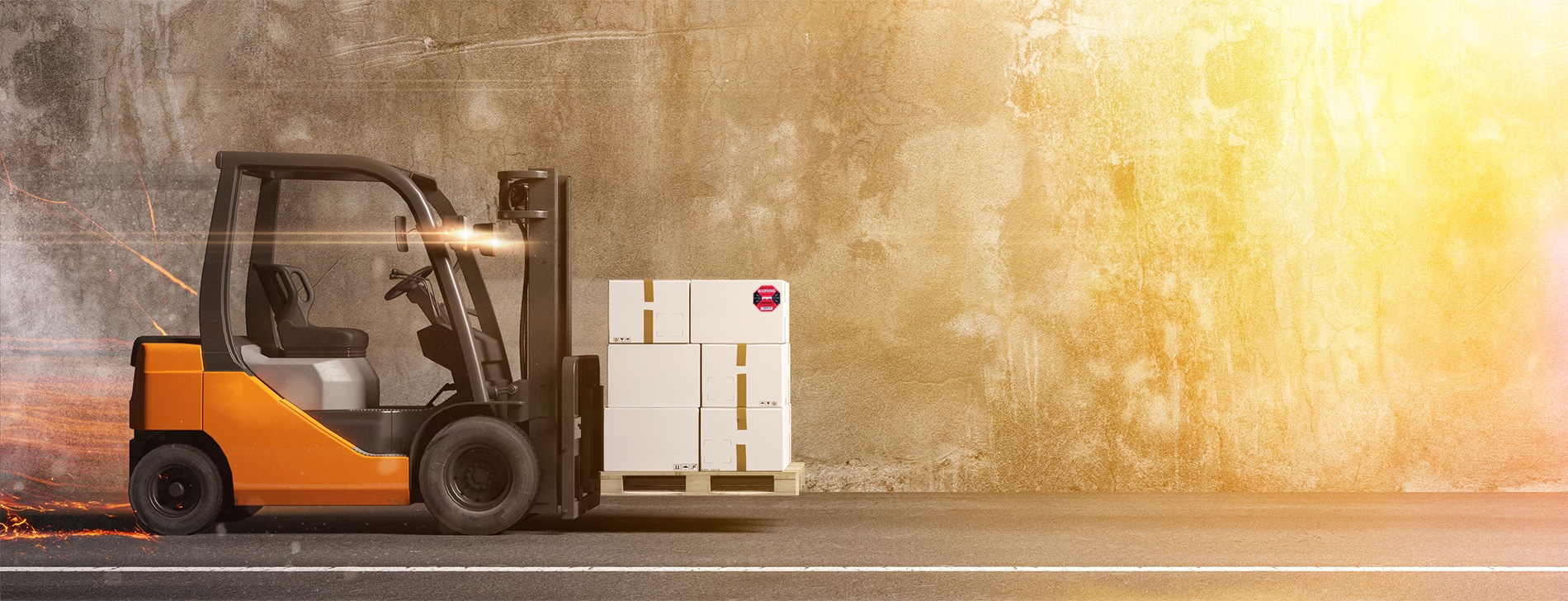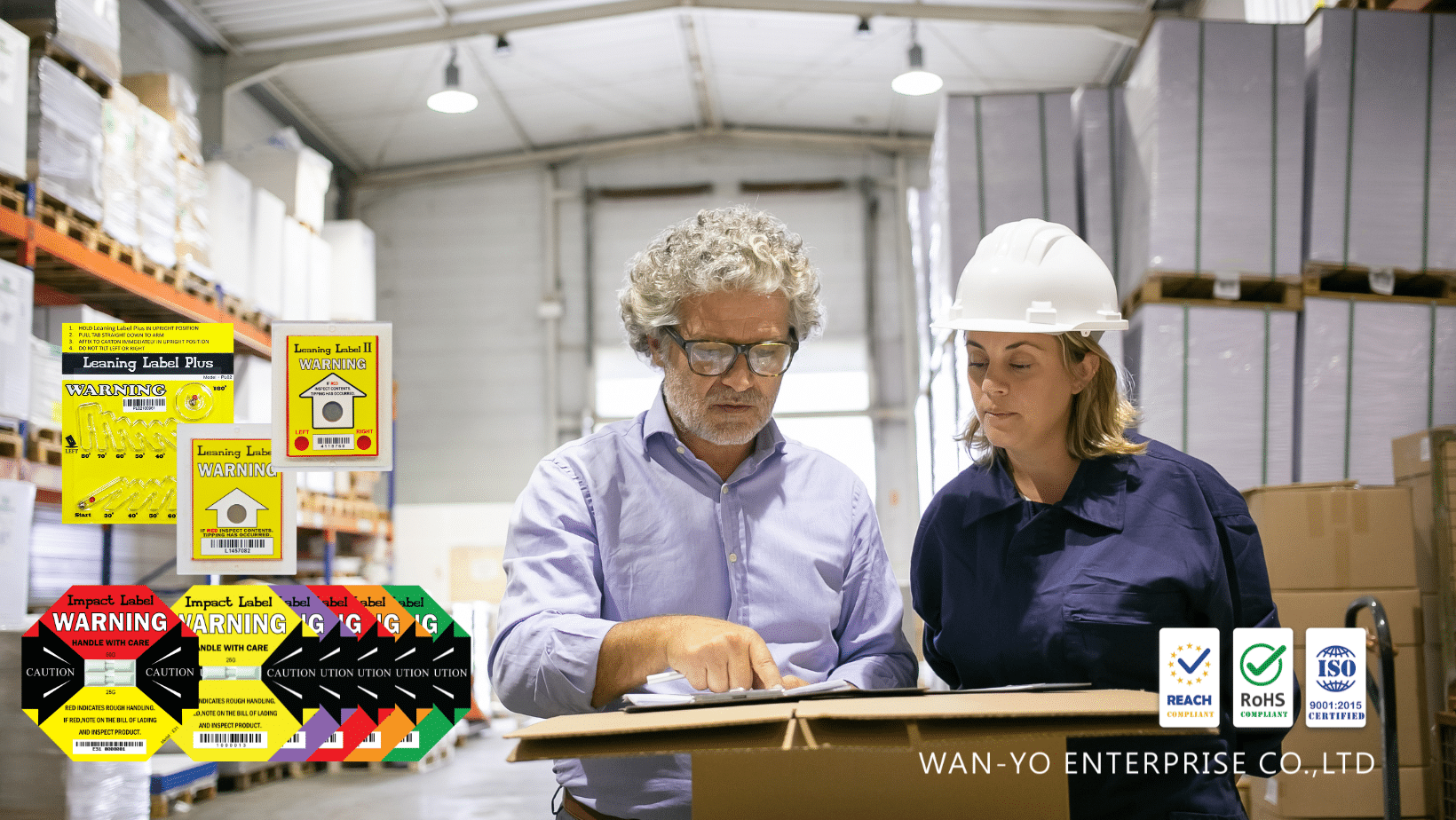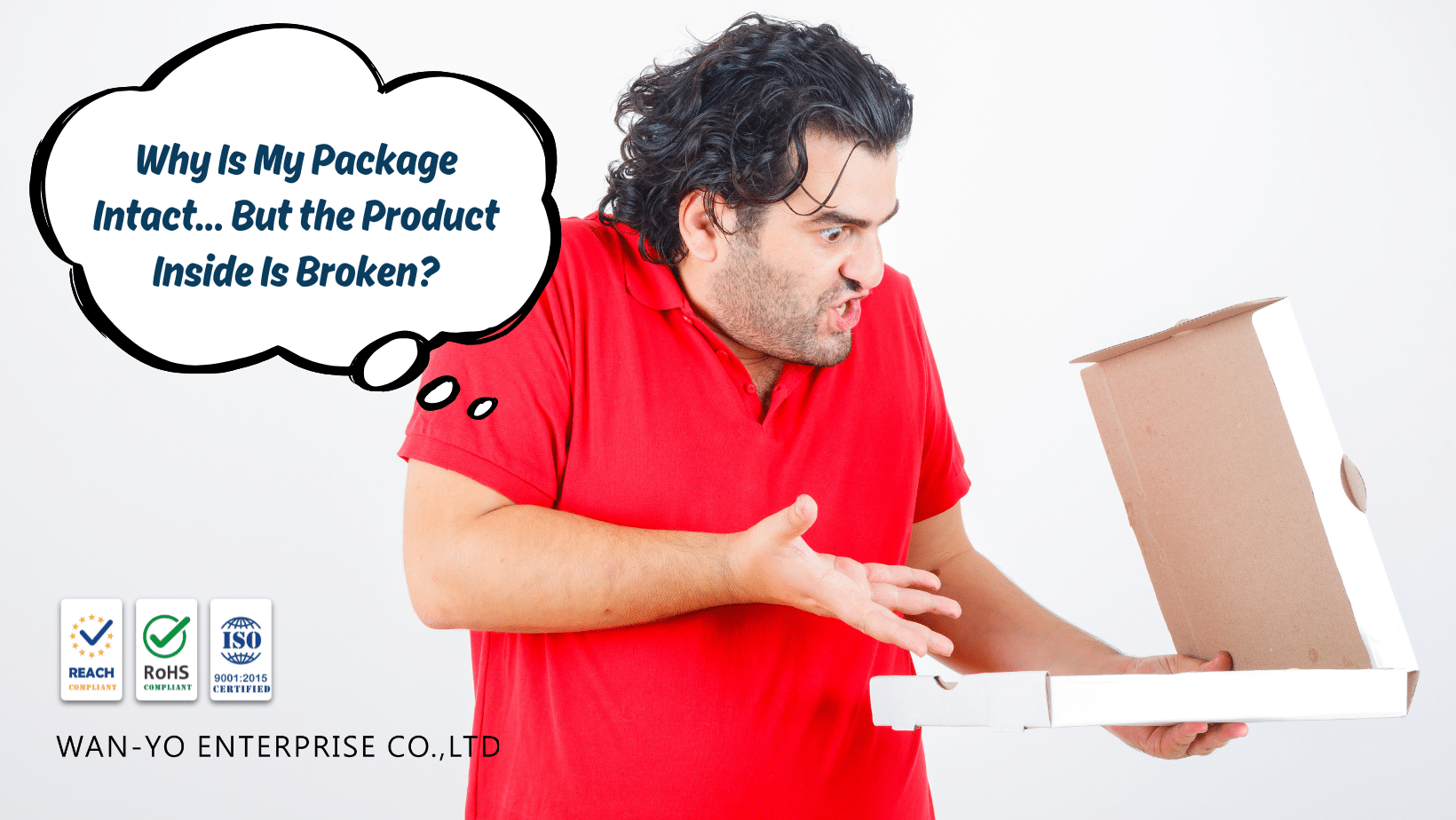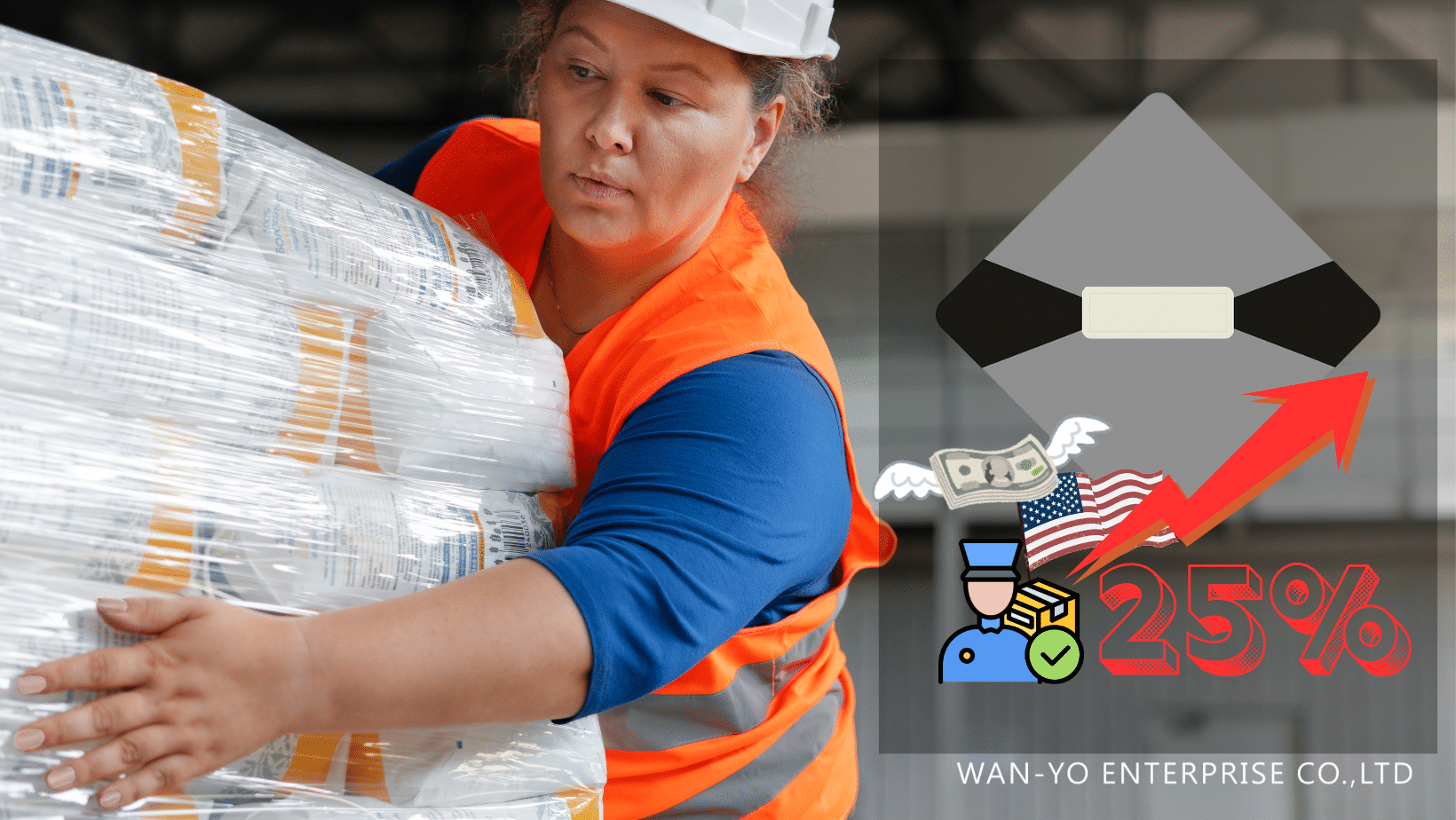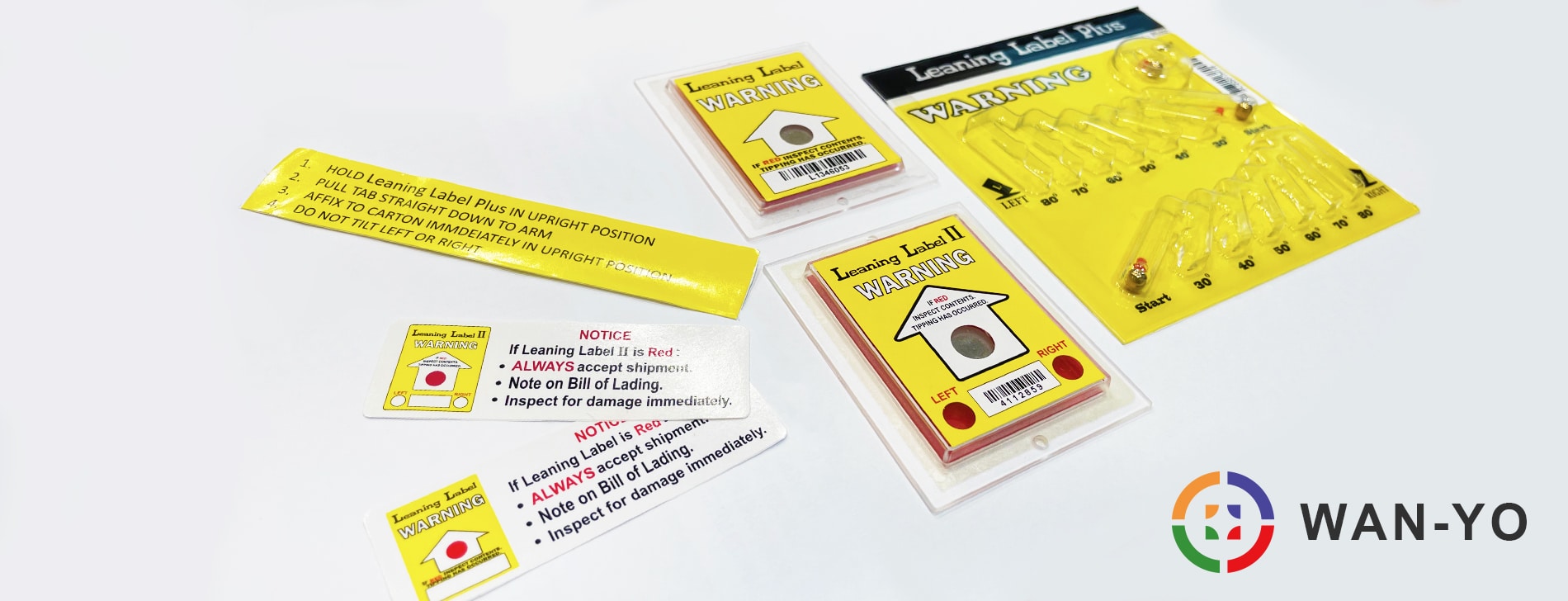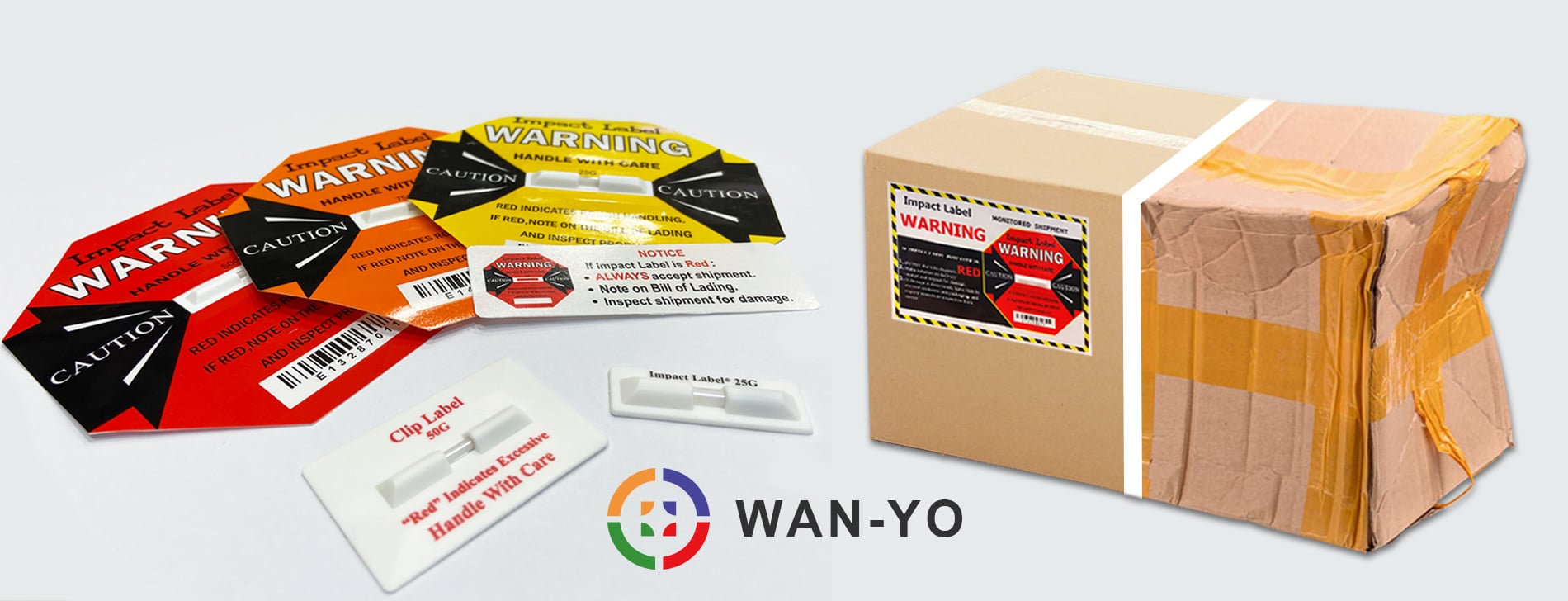- 1. Reduce Cargo Damage in Container Transportation
- 2. Use the Right Packaging Materials and Correct Size
-
3. Stack the Product In Order On the Pallet
- 3-1 Each box is supported by more than one box at the bottom.
- 3-2 Do not hang the product on the edge of the pallet. The strength of the box drop by 32% or more.
- 3-3 Distribute the weight evenly – the lightest goods must be stacked on the heavier.
- 3-4 Package DO NOT be out of the pallet boundary or have gaps between the boxes.
- 3-5 Use edge board and stretch film to fix the product.
- 3-6 Use the stretch film and straps to fix on the pallet.
- 4. Appropriate Label
- 5. Correct Loading and Unloading Goods
- Summary
Many companies take product damage as part of their normal operations during transportation, and the labor cost and money loss caused have also accounted for a large part. According to the Food Industry Association (FMI), solely for the grocery industry, the losses are as high as US$20 billion every year in transportation.
The proportions of damage factor in cargo claims are: collision damage 28%, temperature 14%, lost container 11%, theft 9%, humidity 9%, etc.
The correct way to pack containers is not only crucial to your cargo but also affects the operation in other containers and transportation vehicles. Unbalanced, heavy, or incorrectly packaged, are the main cause of damage to the product during container transportation.
1. Reduce Cargo Damage in Container Transportation
Although container carriers have purchased their carrier liability insurance, responsibilities are still subject to laws, conventions and general regulations.
Nevertheless, damage accident always happens. Shipper and consignee are difficult to collect evidence and report on time. Therefore, we must take actions to prevent shipping damage proactively and we need to hold the smoking-gun in our hands to investigate the supply chain. Shock detector and tip indicator can help! The shipping indicators can detect potential damage and present the report within the required period.
* 2015/4/18/, NMFC(National Motor Freight Classification®)have revised the rules of the prescribed time limit for allowing shippers to report potential damages to the carrier within 5 to 15 days.
| READ MORE: B2B Skill》Insure Marine Insurance Against For Exporting/Importing Goods |
2. Use the Right Packaging Materials and Correct Size
Product packaging is the least-cost proportion of the supply chain, accounting for less than 10%, storage costs about 25%, and transportation costs 60%. Some customers save costs on the packaging, but the action pays the price finally.
You know, the wrong carton decreases the protection effect substantially?
In transit, some companies stack pallets, but the cardboard boxes made of corrugated paper cannot bear such weight. There is an expensive example. The purchasing manager of a CPG company changed the packaging supplier to save money, but the new box was designed to bear on 1 pallet, and it was often shipped in double-layer stacks. Before pinpointing the cause, thousands of dollars in product losses had been caused.
View from this example, you must use a suitable type of carton according to the transportation conditions.

3. Stack the Product In Order On the Pallet
No matter warping the stretch film manually or automatically, the goods must be stacked evenly in good order. The followings are the key points of stacking goods on pallets:
3-1 Each box is supported by more than one box at the bottom.
3-2 Do not hang the product on the edge of the pallet. The strength of the box drop by 32% or more.
3-3 Distribute the weight evenly – the lightest goods must be stacked on the heavier.
3-4 Package DO NOT be out of the pallet boundary or have gaps between the boxes.
3-5 Use edge board and stretch film to fix the product.
3-6 Use the stretch film and straps to fix on the pallet.
4. Appropriate Label
The correct label helps the handlers to read and understand during transit. The label can also indicate the weight that the box or package can bear before being crushed and the mark of fragile items.

Correctly mark concise and visible info on each cargo, quickly identify and prevent indirect shipping damage.
| Read More: 3 Shipping Marks For Export Goods |
5. Correct Loading and Unloading Goods
Loading and unloading goods, the most delivery damage accidents during transportation. A good strategy for loading and unloading will greatly reduce the occurrence of accidents.
5-1 Suitable Transportation Equipment
Suitable transportation equipment can effectively increase speed, reduce damage and accident.
5-2 Perfect Plans For Loading & Unloading
The SOP must be established for loading and unloading goods, and clear recording procedures that can be followed to prevent damage to the shipment.
5-3 Evenly Distributed Weight
While loading on trucks, you need to load lighter goods on top of the heavier goods and distribute the weight evenly.

Summary
Keep improving is a continuous process of seeking improvement in each industry of the supply chain process. Preventing damage to goods is an important task in your supply chain. Close cooperation with all parties involved in logistics is a condition to ensure that products are carried out on time and on budget, which will help your business grow and provide better service levels and customer satisfaction.
Now, It’s Your Turn!
You want to reduce or prevent cargo shipping damage? Contact us through the button below, we will provide free test samples to help you solve the problem together.
Read More:
 |
【Are Damaged Goods Impacting Your Service?】 It may not come as a surprise that most Exporter’s number one pain is damaged goods, even |
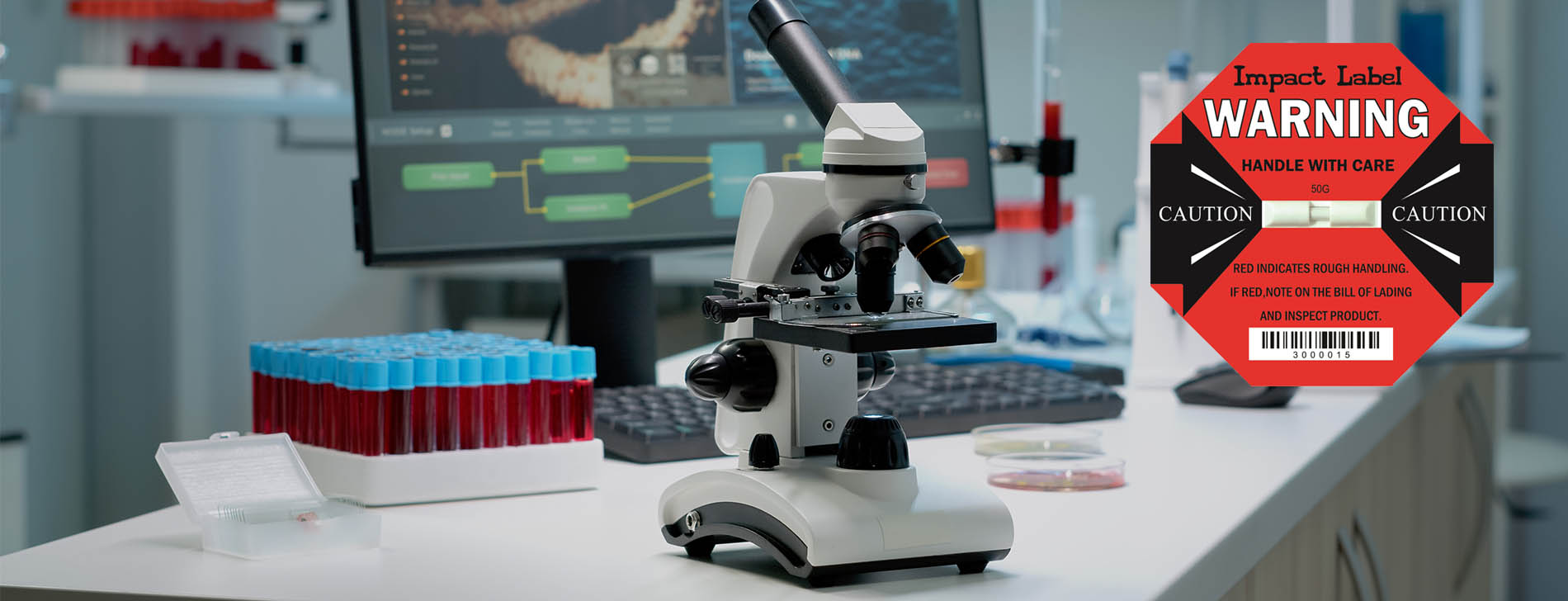 |
Shipping laser scanning microscopes safe and sound with shock impact indicators. laser scanning microscope After we started using shock impact sensors, the product damage during transportation significantly decreased by at least 70% over the month. |
這篇內容同時也提供 [繁體中文] 版。

